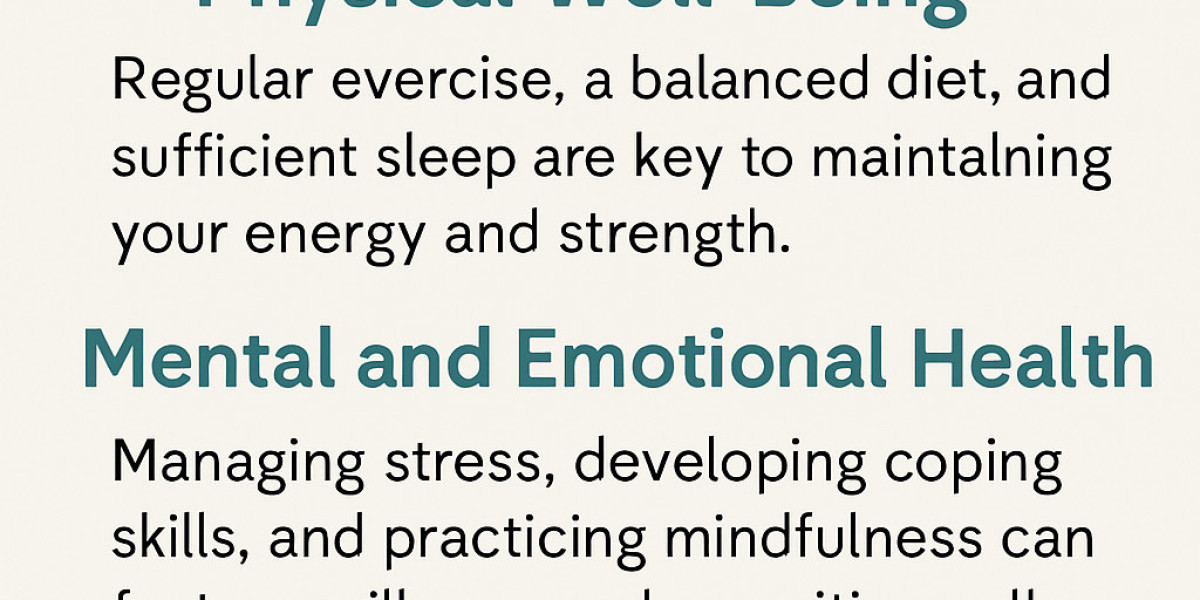In our hyperconnected world, the boundary between digital and real life has virtually disappeared. While technology has brought unprecedented convenience and connectivity, it has also created new challenges for mental health and wellbeing. As we spend increasing amounts of time in digital spaces, understanding and managing our relationship with technology has become crucial for maintaining psychological health.
The Double-Edged Sword of Digital Connection
Social media platforms promise connection but often deliver isolation. Studies consistently show correlations between heavy social media use and increased rates of anxiety, depression, and loneliness, particularly among young adults. The constant comparison with curated online personas creates unrealistic expectations and diminishes self-worth. Yet paradoxically, these same platforms provide vital lifelines for many, offering support communities and resources for those who might otherwise feel isolated.
The phenomenon of "doom scrolling" has become a modern epidemic. The endless stream of negative news, political discourse, and crisis updates triggers our brain's threat detection systems, keeping us in a constant state of low-level stress. This digital overwhelm affects sleep patterns, concentration, and overall mental resilience.
The Attention Economy's Impact
Technology companies have mastered the art of capturing and monetizing human attention. Push notifications, infinite scroll feeds, and variable reward systems are designed to create addictive patterns of use. This digital attention fragmentation affects our ability to focus deeply, think critically, and engage meaningfully with the world around us.
The average person checks their phone over 90 times per day, creating a pattern of constant interruption that fragments attention and increases stress hormones. This digital multitasking reduces productivity and increases feelings of being overwhelmed, contributing to what researchers call "continuous partial attention syndrome."
Emerging Solutions and Digital Wellness Practices
Recognizing these challenges, a growing movement toward digital wellness is emerging. Mindful technology use involves conscious choices about when, how, and why we engage with digital tools. Simple practices like designated phone-free zones, regular digital detoxes, and intentional app usage can significantly improve mental health outcomes.
Companies are beginning to implement "right to disconnect" policies, recognizing that constant availability contributes to burnout and decreased productivity. Some organizations are experimenting with email curfews, meeting-free days, and technology sabbaticals to help employees maintain healthier boundaries.
The Role of Mental Health Technology
Interestingly, technology is also becoming part of the solution. Mental health apps, online therapy platforms, and AI-powered wellness tools are making mental health support more accessible and affordable. These digital therapeutics can provide immediate support during crisis moments and help users develop coping strategies.
Virtual reality therapy is showing promising results for treating phobias, PTSD, and anxiety disorders. Meditation apps have introduced millions to mindfulness practices, while mood tracking applications help users identify patterns and triggers in their mental health.
Building Digital Resilience
The key to thriving in our digital age lies in developing digital resilience—the ability to maintain mental health while navigating online spaces. This involves setting boundaries, practicing digital minimalism, and cultivating offline relationships and activities that provide genuine fulfillment.
For evidence-based strategies on maintaining mental health in the digital age, the American Psychological Association's guidance on digital wellness offers research-backed recommendations for healthy technology use.
The Path Forward
As technology continues to evolve, so must our approach to mental health and digital wellness. The goal isn't to eliminate technology but to develop a more intentional, balanced relationship with it. This requires both individual awareness and collective action from technology companies, employers, and policymakers to create digital environments that support rather than undermine human wellbeing.
The future of mental health in the digital age depends on our ability to harness technology's benefits while mitigating its risks, creating a world where digital tools serve human flourishing rather than exploit human vulnerabilities.







